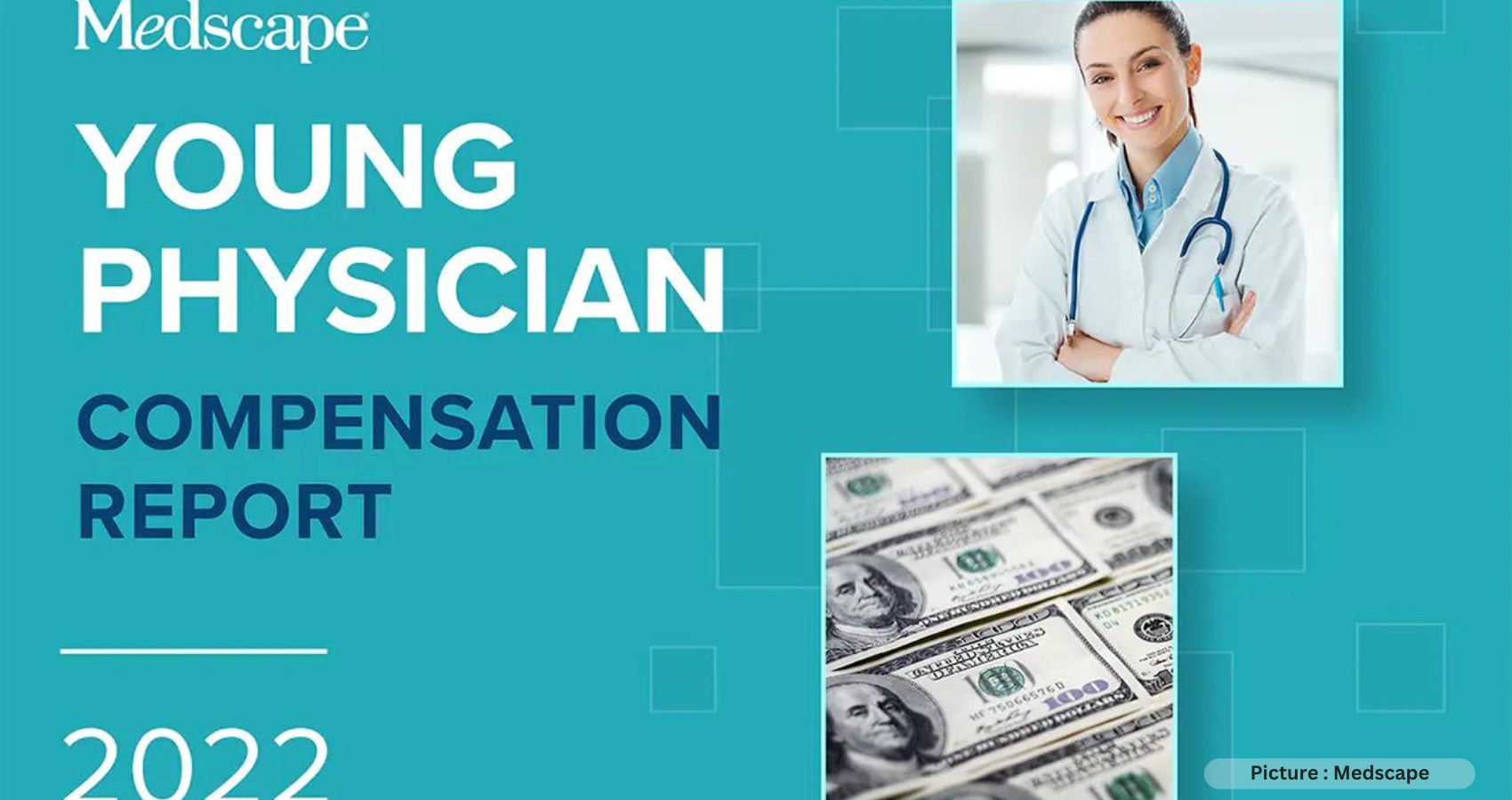University of Chicago researchers, led by health economist Joshua Gottlieb, PhD, have embarked on a project to better understand the earnings of physicians in the top 1 percent of income earners. Although physicians are among the most common high-income occupation, accurately measuring their earnings has proven challenging.
The researchers sought to address this issue by creating a comprehensive dataset that links administrative data on physicians to tax records from 2005 to 2017. This dataset allows them to measure physician earnings and explore the impact of healthcare policies on their incomes, labor supply, and talent distribution.
“Combining the administrative registry of U.S. physicians with tax data, Medicare billing records, and survey responses, we find that physicians’ annual earnings average $350,000 and comprise 8.6 percent of national healthcare spending,” the authors wrote in their working paper.
In their working paper titled “Who Values Human Capitalists’ Human Capital? The Earnings and Labor Supply of U.S. Physicians,” the team presents key findings derived from the new dataset:
- On average, a physician’s annual earnings amount to $350,000, representing 8.6 percent of the nation’s healthcare spending. In 2017, the average physician earned $243,400 in wages and $350,000 in total individual income. The median total individual income was $265,000 per year. Notably, more than 25 percent of physicians earned over $425,000, and the top 1 percent earned more than $1.7 million.
- Physician earnings vary significantly across different specialties. Primary care physicians have the lowest average income at $201,200, while procedural specialists and surgeons are the highest earners, making on average 2.3 times more than primary care physicians.
- Age plays a role in the variation of physician earnings, accounting for 14 percent of the difference. Physicians typically earn around $60,000 on average during their late 20s while still in training. This increases to an average of more than $185,000 in their early 30s and approximately $425,000 at age 50.
- Gender disparities persist among physicians, with female physicians earning 30 percent less than their male counterparts. This pay gap has significant long-term implications, potentially resulting in $900,000 to $2.5 million less in career earnings for women, depending on their medical specialty.
- The geographic location significantly impacts physicians’ income, with 70 percent of the income disparity across areas being attributed to local market factors rather than the individual characteristics of the physicians.
- Physicians in parts of the Great Plains enjoy the highest incomes, contrary to the broader economy, where high incomes are typically concentrated on the coasts.
The researchers then delved into the effects of government policies on physician earnings, using income tax, Medicare billing, and specialty choice data. They focused on two types of insurance policy changes: changes in coverage and changes in payment rates.

Their analysis revealed that short-term reimbursement changes led to 25 percent of marginal Medicare reimbursement dollars flowing into physician earnings. For permanent changes in demand resulting from the public insurance expansions under the Affordable Care Act, the authors observed a 6 percent pass-through of public spending to physician incomes.
Furthermore, the study found that higher earnings in a particular medical specialty attract physicians with higher test scores while displacing those with lower scores and less choice. For instance, a 5 percent increase in primary care earnings, while keeping the number of available slots and earnings of other specialties constant, led to a 4.8 percent increase in the probability of top-five medical school graduates entering primary care.
“The upshot is that government payment rules play a key role in valuing and allocating one of society’s most expensive assets: physicians’ human capital,” the researchers conclude. “Taken together, the results here suggest that policies subsidizing surgery will increase surgeons’ incomes and allocate more top talent to surgical specialties, improving surgery for a generation. Subsidizing primary care will instead increase these physicians’ incomes and
The University of Chicago’s research provides valuable insights into physician earnings and the factors influencing them. By linking administrative data with tax records, the researchers have shed light on the complexities of physician income determination and the impact of healthcare policies on this essential group of high-income earners. Understanding these dynamics can aid in formulating policies to better support healthcare professionals and optimize talent allocation within the medical field.











